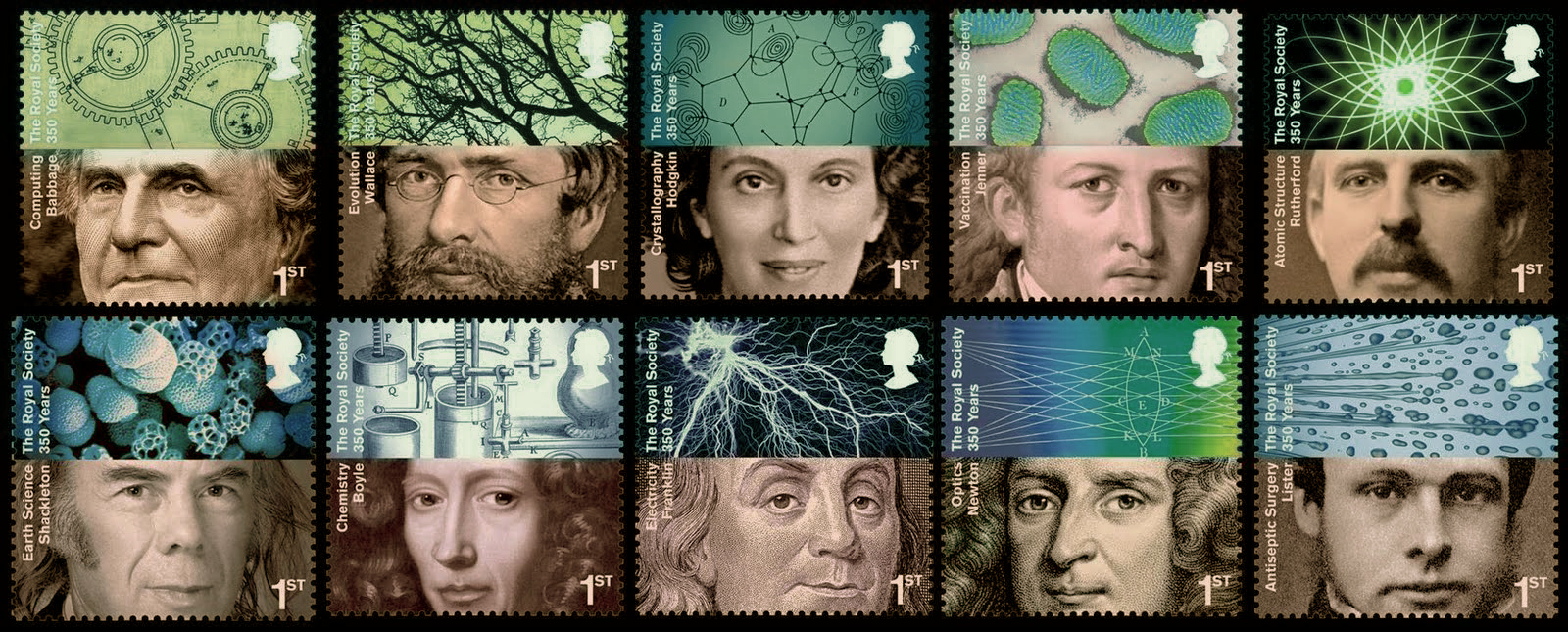Other Resources
This page contains information about other resources that are helpful for HPS education. The content includes: links to other sites that are submitted by participants, other sites in general, book recommendations, etc.
Participant submissions
- Smithsonian Institution:
- Studies in History and Technology
- Digital Publications: Contributions and Studies Series
- National Academies Press
- ships.umn.edu
- doingbiology.net
- sacredbovines.net
- galileotrial.net
- pesticides1963.net
- Big History Project: Educator’s Page: (http://www.thegatesnotes.com/Big-History-Educator-landing-page)
- Big History Project (www.bighistoryproject.com)
- John J. Reilly Center (http://reilly.nd.edu/)
- Rotman Institute of Philosophy (http://www.rotman.uwo.ca/)
- The Story Behind the Science (http://www.storybehindthescience.org)
- Project Zero: Causal Patterns in Science (pz.harvard.edu/ucp/causalpatternsinscience/)
- EcoMUVE (ecomuve.gse.harvard.edu)
- History and Philosophy in Science Teaching (www.hipst.eu)
- Noyce Foundation: (http://www.noycefdn.org)
- Tumblehome Learning incorporates the history of science into its Galactic Academy of Science book series can look at the Search Inside feature of The Desperate Case of the Diamond Chip (Amazon). Go to Chapter 3, “The Russian Chemist.”
Sources and/or Examples for Lessons
Websites with development of instructional e-material, multimedia and activities for the science classroom inspired by history and philosophy of science:
- History and Philosophy in Science Teaching (hipstwiki.eled.auth.gr)
- The MAP Project (ppp.unipv.it/MAP)
- A Teaching and Learning Approach for Science (ATLAS) (atlaswiki.wetpaint.com)
Sources of material for teaching, etc.
- History of science, Michael Mahoney, Princeton (http://www.princeton.edu/~hos/Mahoney/). Contains articles, pedagogical materials, courses, syllabi, etc. on HOS.
Books
- The Great Influenza: The Story of the Deadliest Pandemic in History, John M. Barry (hardback, paperback). From the NOS perspective, this book presents a history of the 1918 influenza pandemic in a manner suitable for late middle school through high school. Barry traces the history of the outbreak back to the index case, and charts the spread around the planet. The key players are personalized and their efforts to find a cure demonstrate perseverance, frustration, competing views, proposing new theories, etc. — in all a real-life summation of a critical scientific endeavor that demonstrates that knowledge can come from failure.


